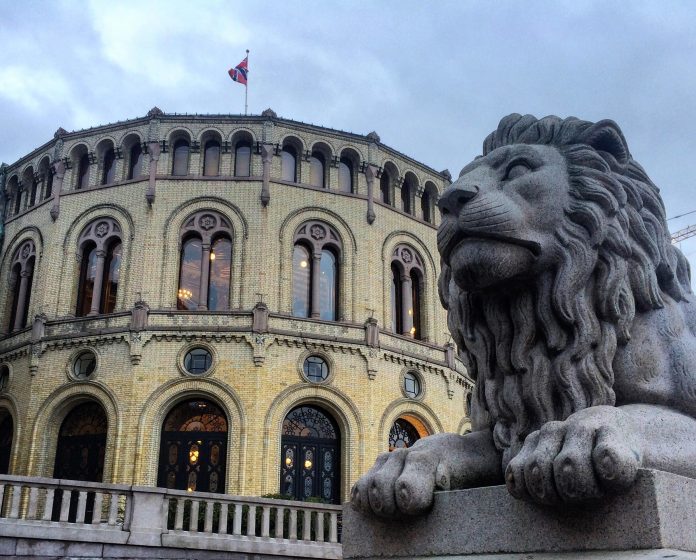There is significant national resistance to increased salmon production. But, what will we live off of in the future?
In an opinion poll conducted by The Norwegian Seafood Council it has emerged that the County of Trondelag is the only county in the country where a majority of inhabitants support an increase in salmon production. For the country as a whole, 43 percent of the population say they would increase production.
In the northernmost counties, where the potential for growth is greatest, support is lowest — just 40 percent of the vote. In Ostlandet, where there isn’t any salmon-farming, the vote’s been counted. Here, just 41 percent would increase production.
The results of the survey are interesting for a number of reasons.
Resignation
First, an anecdote. In my last year of Economics studies at NHH, I specialized in economic analysis. I took courses that included Petroleum Economy and Fisheries Management. A clear majority of students in these classes were international students. It was the year the Bondevik-government resigned for refusing to build a gas-fired power plant. My international class mates thought that was outrageously funny. They thought Norway was the only country in Europe where something like that could happen, that a government could resign because it refused to exploit the country’s natural resources. It put the environment above the country’s finances, and Norway was one of extremely few countries that could afford to do that.
The leap from that anecdote to this survey isn’t far. The resistance to increased oil and gas production still has a core of support among the people, as it clearly does against the country’s next-biggest export industry. How the country will earn enough to finance future welfare isn’t high on the agenda.
Reputation
That also means the much talked about battle of reputations, the aquaculture industry’s main area of focus in recent years, is for all practical purposes lost. Here lies a formidable task that must be taken up.
Naturally, another thing you can deduce from this is that the government’s ambition of five million tonnes of salmon in 2050 sounds even remoter. That vision rests on the supposition that the lice problem is solved. But, salmon isn’t the only environmental challenge aquaculture poses. So, even if the lice problem is removed, the government will still meet significant resistance to growth.
That would assume, too, that this era of very high growth in salmon prices will continue.
Globalization
The lice problem is not, however, strictly a national concern. It’s also a bottleneck for important producing countries like Chile, Canada, Britain and the Faroe Islands. If the lice problem is solved, its solution will spread globally.
If there’s still resistance to growth in Norway, it’ll in-turn create the conditions for other, more liberal and business-friendly countries, like Chile, to help themselves to the bulk of future growth.
All industries have a footprint. Sawmills, ironworks, mines, oil rigs and fish-farming. The people’s choice is clearly for no more industry. The environment is important for us. Fresh air, untouched mountain plateaus and clean seas. We don’t need more employment and tax revenue, technological development and cash inflows.
Democratization
It isn’t clear whether the same people want a rich state with good roads and schools, a solid defense, daycare coverage and well-equipped homes for seniors. They want state-financed environmental lobbies and organizations, short theatrical skits, unemployment insurance, disability payments, shorter working days and generous pensions.
After a while, when oil revenues decline, that math won’t add up.
It reminds me of another anecdote, A quote from Winston Churchill.
“The best argument against democracy is a five-minute conversation with the average voter.”

